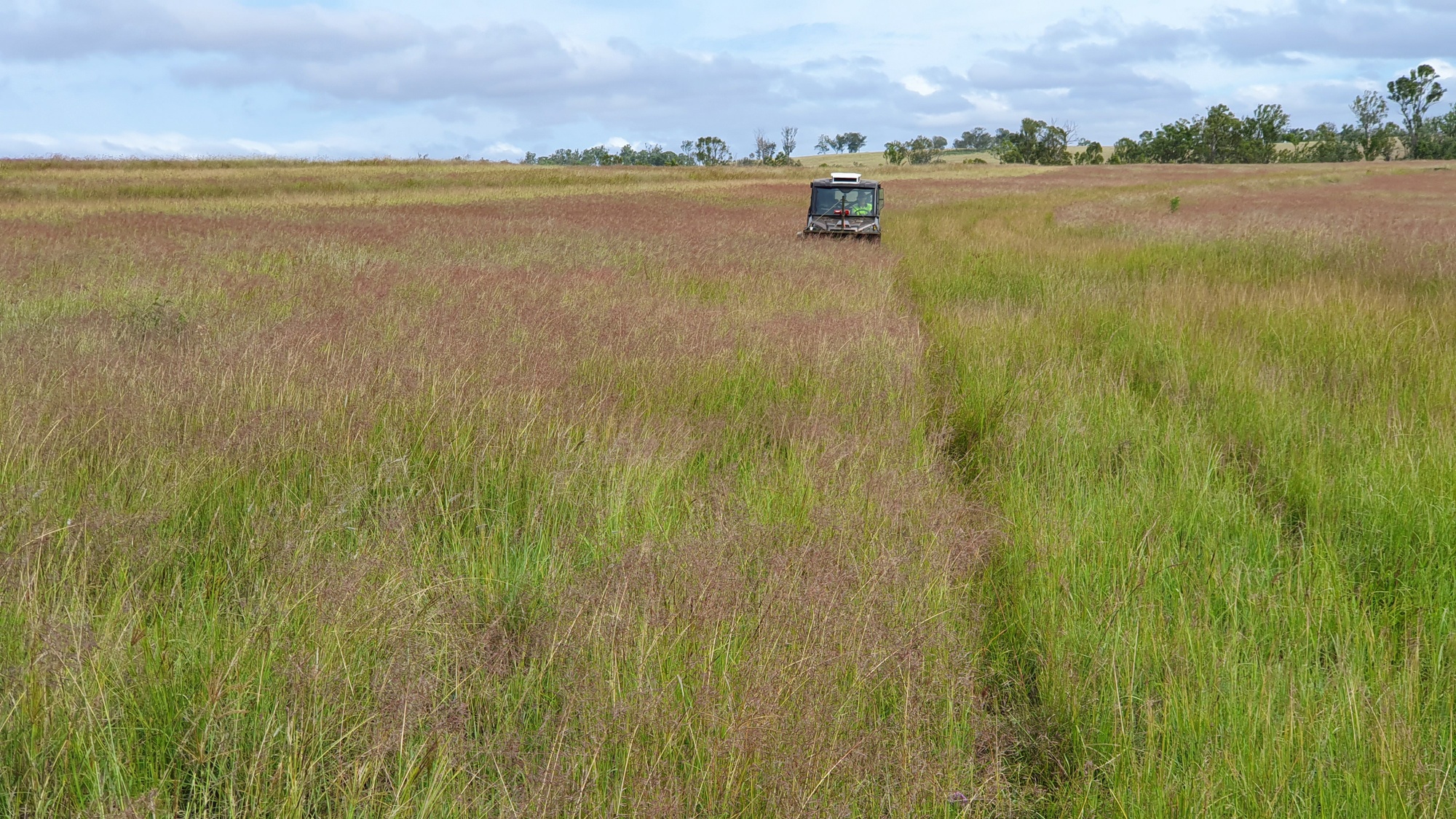Plant Profiles
Plant Categories
Subshrub
Trailing herb
Annual
Annual or Short-Lived Perrenial
Prostrate Shrub
Graminoid
Vine
Forb
Nitrogen Fixer
Grass
Tree
Shrub
Sedge
Wattle
Show All
14Genera
Acacia
Allocasuarina
Alphitonia
Alstonia
Angophora
Archidendropsis
Aristida
Arundinella
Astrebla
Atalaya
Atriplex
Austrosteenisia
Austrostipa
Banksia
Baumea
Bolboschoenus
Boronia
Bothriochloa
Brachychiton
Breynia
Callitris
Calotis
Capillipedium
Carissa
Cassia
Cassine
Cassinia
Casuarina
Chloris
Chrysocephalum
Chrysopogon
Clerodendrum
Corymbia
Crotalaria
Cymbopogon
Daviesia
Denhamia
Derris
Dichanthium
Dodonaea
Einadia
Enchylaena
Enteropogon
Eragrostis
Eremophila
Eriochloa
Erythrina
Erythroxylum
Eucalyptus
Eustrephus
Fimbristylis
Flindersia
Gahnia
Geijera
Grewia
Hardenbergia
Heteropogon
Hovea
Imperata
Indigofera
Jacksonia
Jasminum
Juncus
Kennedia
Lepidosperma
Lomandra
Lophostemon
Ludwigia
Lysiphyllum
Maireana
Melaleuca
Melia
Myoporum
Notelaea
Owenia
Pandorea
Panicum
Parsonsia
Paspalidium
Petalostigma
Petalostylis
Pittosporum
Podolobium
Pomax
Psydrax
Pterocaulon
Ptilotus
Pultenaea
Rhagodia
Rhodosphaera
Rhynchosia
Sarga
Schoenoplectiella
Schoenoplectus
Senna
Sida
Solanum
Sporobolus
Swainsona
Syncarpia
Themeda
Trema
Vachellia
Ventilago
Vittadinia
Show All
105Eucalyptus coolabah
| Categories | Tree |
| Common Name(s) | Coolabah, Coolibah |
| Family | Myrtaceae |
Description
"Tree to 10 m tall. Forming a lignotuber." (Euclid, 4th Ed.) Eucalyptus coolabah has rough bark over much or all of the trunk and smooth bark on the upper trunk and branches. The fruit exhibit strongly exserted valves.
Notes
Eucalytpus coolabah inhabits heavy-soiled floodplains and streambanks. It flowers in November and December and if fruit sets it will often ripen in March and April. Although a box tree with small fruit, its seed is collected in some volumes occasionally. The tree is quite accessible inland. Its habit is often straggly and its height relatively low on average so that fruit-bearing branches can be approached with some ease.
E.coolabah can be mistaken for other box species in a number of areas so if intending to work with the tree then the references below should be sort out to help avoid confusion. The tree has rough bark over much or all of the trunk and smooth bark on the upper trunk and branches. The fruit exhibit strongly exserted valves.
Historical Notes
Distribution
"Widespread across Australia on seasonally flooded, heavy-soiled plains, from the Darling River and Lake Eyre systems extending to north of Alice Springs and north-west to the Fitzroy River of the southern Kimberley, in Queensland to Cloncurry and Charters Towers and almost to the east coast at Rockhampton, absent from far south-eastern Queensland east of Dalby." (Brooker, M.I.H., and Kleinig, D.A., 2004)
References and Related Links
EUCLID Eucalypts of Australia Edition 4 (2015, internet based, hosted by the Atlas of Living Australia). Date accessed: Oct 9, 2019.
Brooker M.I.H., Kleinig D.A. (2004) ‘Field guide to eucalypts. Vol. 3. 2nd edn. (Bloomings Books: Melbourne)
